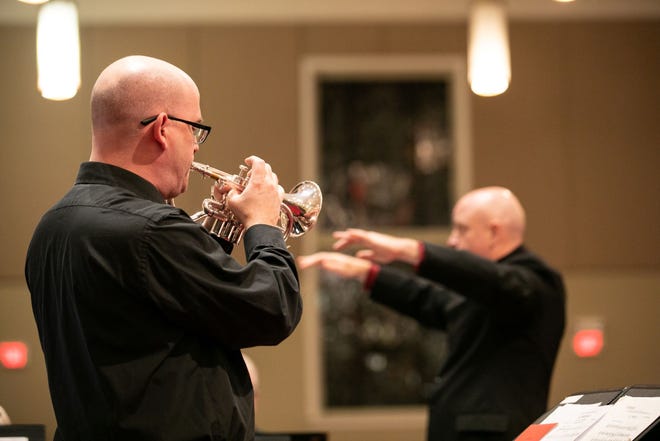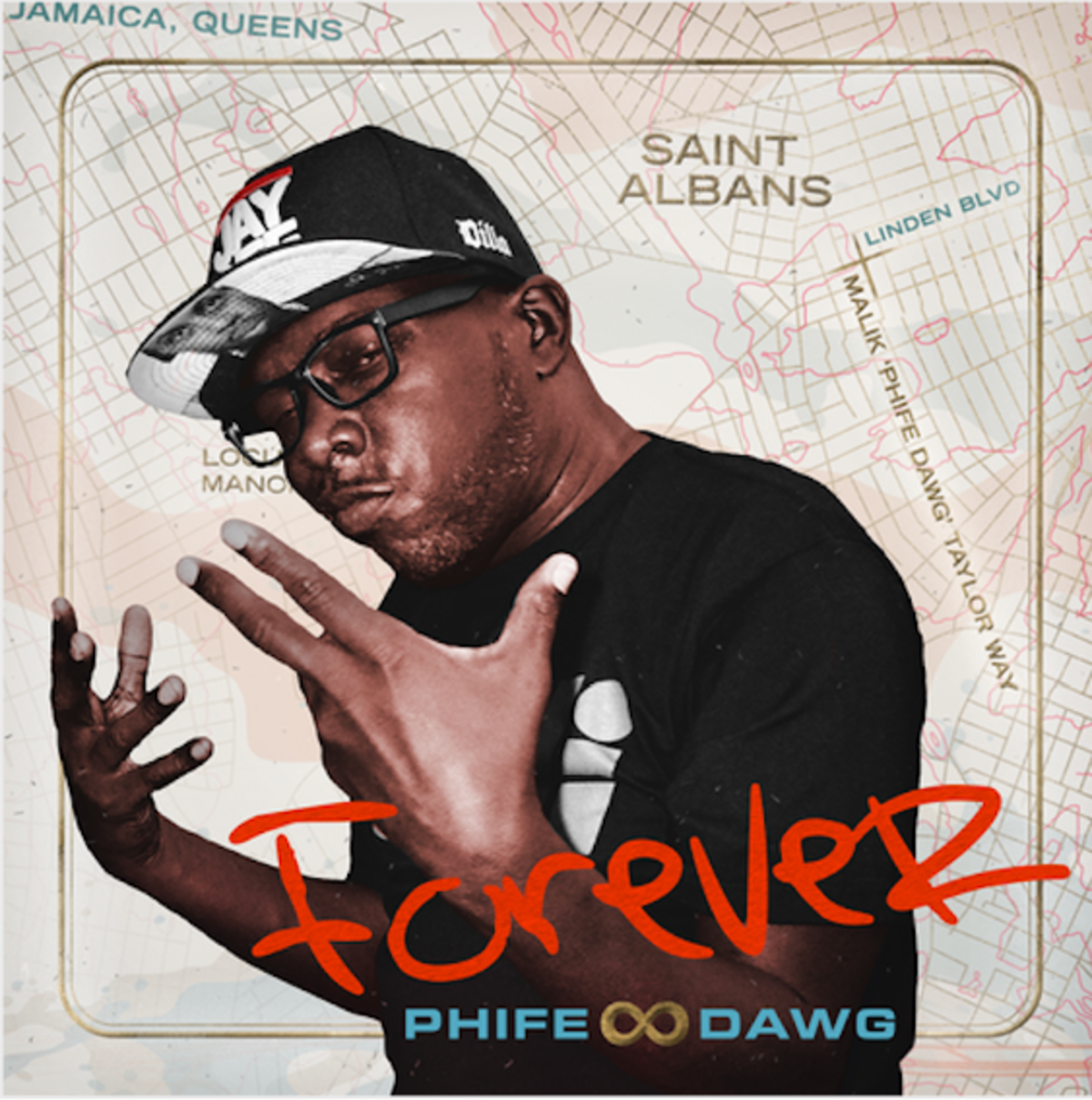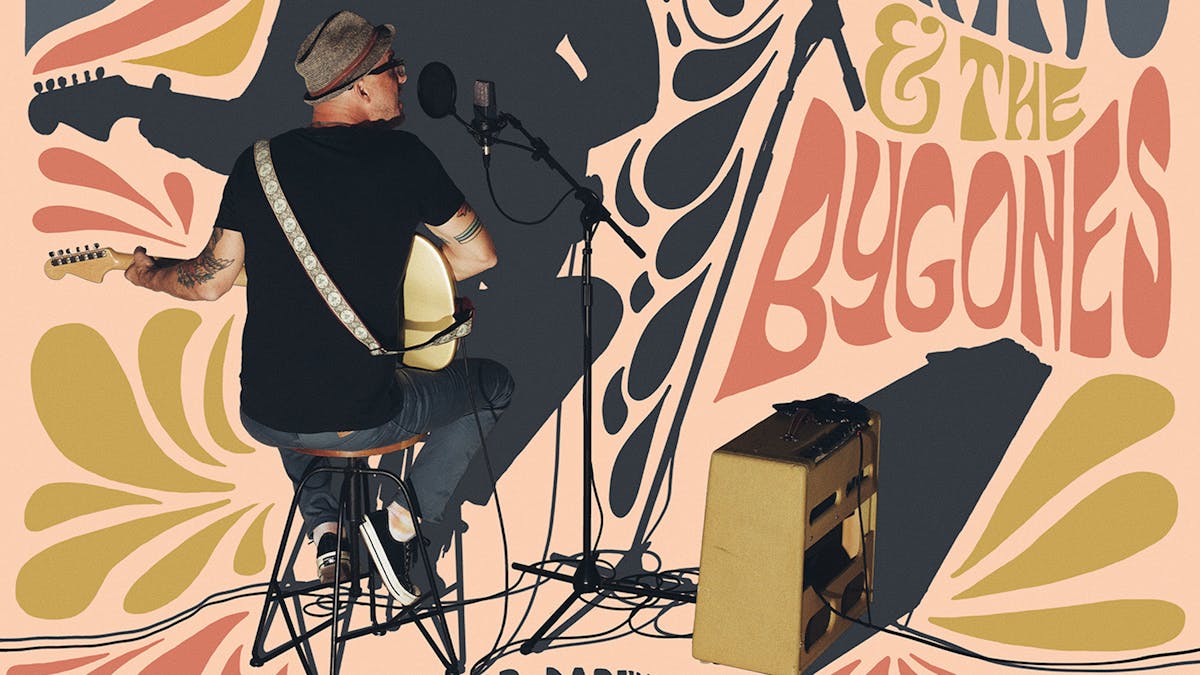Cincinnati Brass Band prepares for competition season

The Cincinnati Brass Band sounds its own horn with bandleader Ben Chamberlain positioning the band as Cincinnati’s latest winning team.
Before we get to that, let’s go back.
Perhaps Cincinnatians don’t know that the Cincinnati Brass Band is the official city brass band of Cincinnati and is a competition band.
Or they may not know that the city has an official marching band, or what a marching band is.
Chamberlain is here with answers.
The bandleader, who has a day job as an associate professor at Xavier University and a doctorate in music from Northwestern University, took over the Cincinnati Brass Band in 2020 amid the pandemic. It was the first extracurricular music gig he had done since moving to town. He’s a fan of the marching bands and of Cincinnati in particular.
Entertainment:Foxy Shazam’s ‘Dancing With My Demons’ video was shot at ‘haunted’ Bobby Mackey 👻
“Band bands come straight out of a British tradition,” he explains. “It’s really interesting. They were created as corporate entities during the Industrial Revolution in the early to mid-1800s, and these companies created marching bands as a way to enrich the lives of their workers. was a bit like an after-work club and a constructive cultural effort for the workers. The competition was very strong from the beginning. The marching bands have always been very competitive.
“We have our own musical tradition in the United States, but it’s only been in the last two decades that the British brass band tradition has taken hold here, and there are great bands all over the country.”
Bill Harvey of Buddy Rogers Music founded the Cincinnati Brass Band in 1993. Chamberlain credits Harvey’s continued support through Buddy Rogers for keeping the band going, and also praises original bandleader Anita Cocker Hunt, who remains a member of the band playing the cornet, like his “sage.”

“The professionals and semi-professionals who play in this particular marching band are extraordinary musicians and extraordinarily dedicated to the band,” says Chamberlain. “As a college group director, I work with exceptional students. But it was my first chance to work with very capable, very accomplished adults who wanted to make music at the highest level.
Instrumentation is a defining characteristic of a marching band. The predominant brass instrument is conical, like a French horn, as opposed to the cylindrical bore of a trombone. Although there are trombones in the marching band, they are outnumbered, and the conical instruments create a sound that ranges from “really, really powerful” to “lyrical and soft and sweet”, as Chamberlain describes it.
Things to do:The Beatles’ “Get Back” Rooftop Concert is Coming to the Omimax Theater
“Brass band fans and the uninitiated are really captivated by this sound. It’s unlike anything else,” Chamberlain says. “Our repertoire includes some really special works written specifically for the marching band. However, if you come to see us at our summer concert series, you’re going to hear John Philip Sousa, and you’re going to hear film music by Leonard Bernstein and John Williams, and so we can also play all kinds of things that are very familiar and engaging to our audience.
Chamberlain and the band rehearsed in preparation for the competitive season. On March 26, the Cincinnati Brass Band will travel to suburban Ohio for the Dublin Festival of Brass. Then comes the big event: the North American Brass Band Championships in Huntsville, Alabama on April 29-30.

Will Chamberlain’s team kick the brass and make Cincinnati proud? You bet your taper horn.
“I would say in my first year with the band, I’m extremely proud of the work they do. The group members who have been with the group for a long time are extremely proud of the work they do,” he says. “And I would say we have very high hopes for how we’re going to do competitively.”









